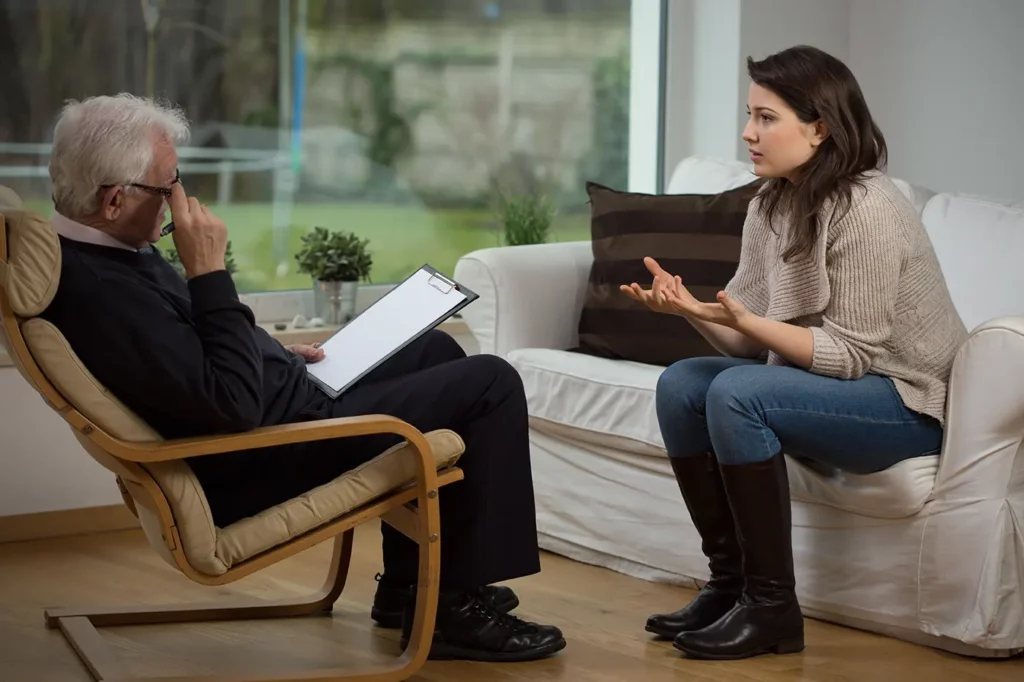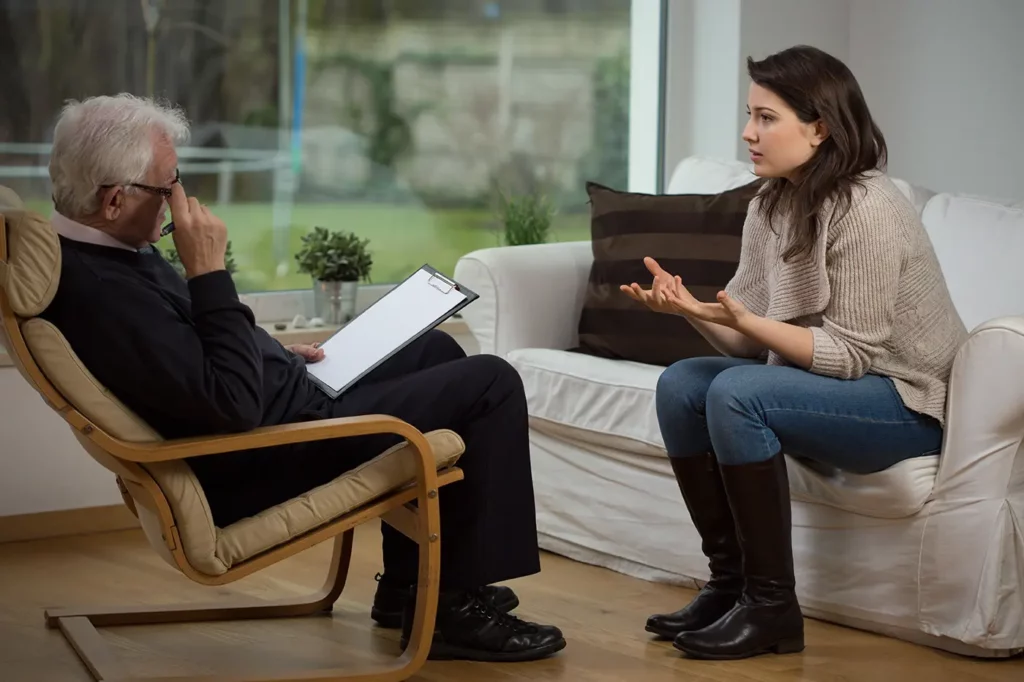24/7 Helpline:
(866) 899-221924/7 Helpline:
(866) 899-2219
Learn more about Group Therapy centers in Flushing
Group Therapy in Other Cities

Other Insurance Options

American Behavioral

Optima

UnitedHealth Group

ComPsych

Ambetter

Group Health Incorporated

Molina Healthcare

PHCS Network

BHS | Behavioral Health Systems

Private insurance

Carleon

EmblemHealth

Horizon Healthcare Service

Oxford

Self-pay options

Premera

State Farm

BlueShield

Choice Care Network

United Health Care














